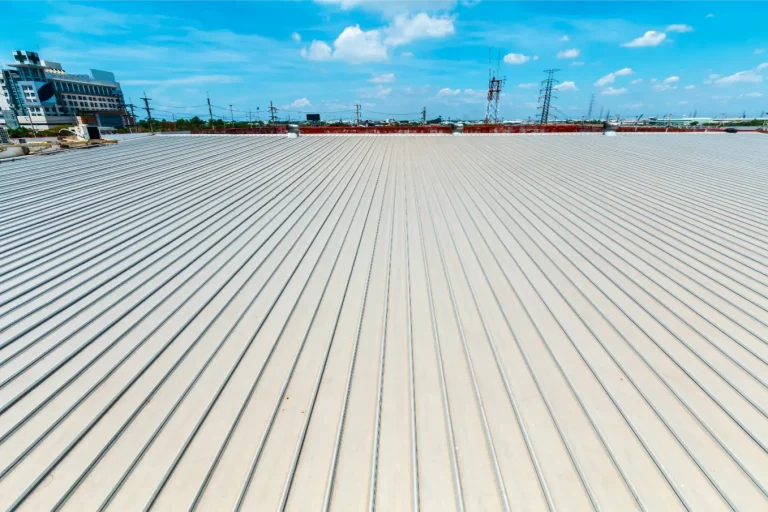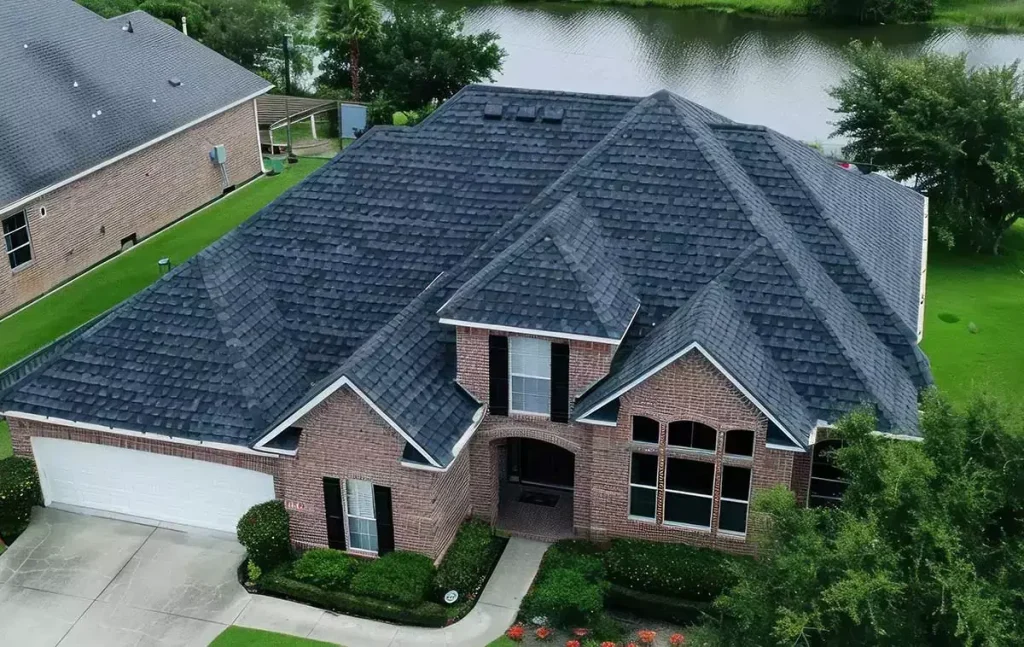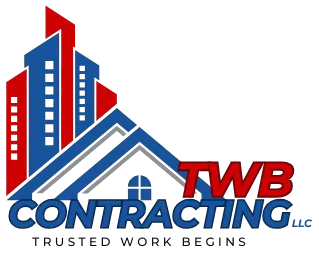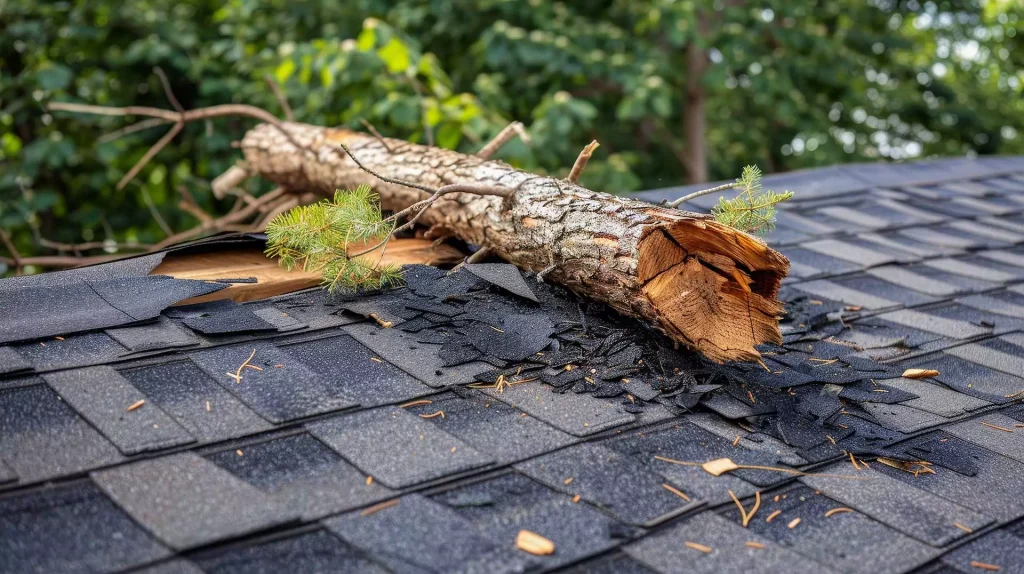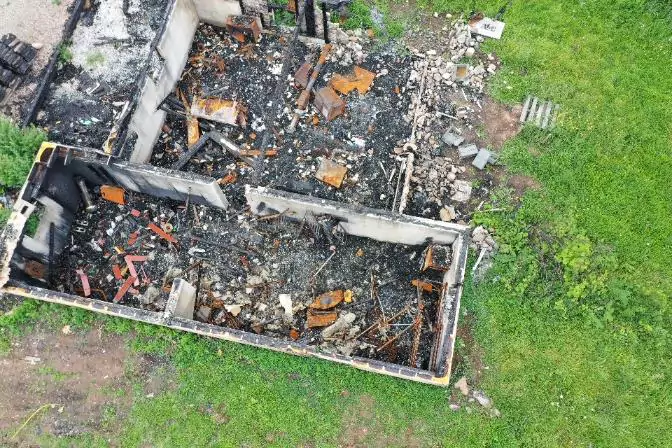Understanding When Commercial Roof Replacement Becomes Essential
Commercial roofing systems face constant exposure to harsh weather conditions, temperature fluctuations, and environmental stressors that gradually compromise their integrity. At TWB Contracting LLC, we recognize that determining the right time for replacement requires careful evaluation of multiple factors including age, damage extent, and overall performance metrics. Most commercial roofing systems have a lifespan ranging from 15 to 30 years depending on materials and maintenance history, but severe weather events common in Greater Nashville area can significantly accelerate deterioration rates.
Regular inspections reveal telltale signs that replacement has become necessary rather than continued repairs. Water infiltration represents one of the most critical indicators, as persistent leaks despite repeated repairs suggest systemic failure of the roofing membrane. Energy costs that steadily increase despite unchanged usage patterns often indicate compromised insulation and thermal barriers within the roofing system. When repair costs exceed 25% of replacement value or when multiple areas require simultaneous attention, replacement typically offers better long-term value for commercial property owners.
Commercial Roofing Materials and System Selection
Modern commercial roofing technology offers diverse material options designed to meet specific performance requirements and budget considerations. TPO (Thermoplastic Polyolefin) membranes have gained significant market share, accounting for approximately 40% of commercial flat roof installations due to their energy efficiency and heat-reflective properties. EPDM (Ethylene Propylene Diene Monomer) rubber roofing continues serving properties requiring proven durability and weather resistance, particularly in regions experiencing extreme temperature variations.
Modified bitumen systems combine traditional reliability with modern polymer technology, creating multi-layer protection ideal for buildings with high foot traffic or equipment installations on rooftops. Metal roofing systems, including standing seam and corrugated panels, provide exceptional longevity often exceeding 40 years while offering superior resistance to fire, wind, and impact damage. We evaluate each building’s structural capacity, intended use, local climate patterns, and energy efficiency goals to recommend optimal roofing solutions that align with operational requirements and financial objectives.
The Commercial Roof Replacement Process
Professional commercial roof replacement follows systematic protocols ensuring minimal disruption to business operations while maintaining safety standards throughout the project. Initial assessment involves comprehensive structural evaluation, identifying any deck damage, insulation degradation, or drainage issues requiring correction before new system installation. We offer free estimates that detail material specifications, project timelines, and cost breakdowns, enabling informed decision-making for property managers and building owners.
Preparation phases include establishing safety perimeters, protecting building assets, and coordinating with facility management to schedule work during optimal operational windows. The tear-off process removes existing roofing materials down to the structural deck, allowing thorough inspection and necessary repair to substrate components. New installation proceeds through multiple stages:
- Deck preparation and primer application ensuring proper adhesion
- Insulation board installation meeting current energy code requirements
- Membrane application using mechanically fastened, fully adhered, or ballasted methods
- Flashing and detail work around penetrations, edges, and transitions
- Final inspection and warranty documentation protecting your investment
Managing Business Continuity During Replacement
Commercial roof replacement projects require strategic planning to minimize operational disruptions while maintaining building accessibility and safety. We coordinate closely with property management teams, developing phased replacement schedules that allow continued business operations in unaffected building sections. Our 15 years of experience handling large residential and commercial restoration claims has refined our approach to managing complex logistics while maintaining project efficiency.
Noise mitigation strategies include scheduling high-impact activities during off-peak hours and utilizing modern equipment designed for reduced sound levels. Weather monitoring and contingency planning ensure projects progress efficiently while protecting exposed areas during unexpected precipitation events. Our 24/7 emergency service availability means immediate response capability if temporary protection measures require adjustment during active replacement projects.
